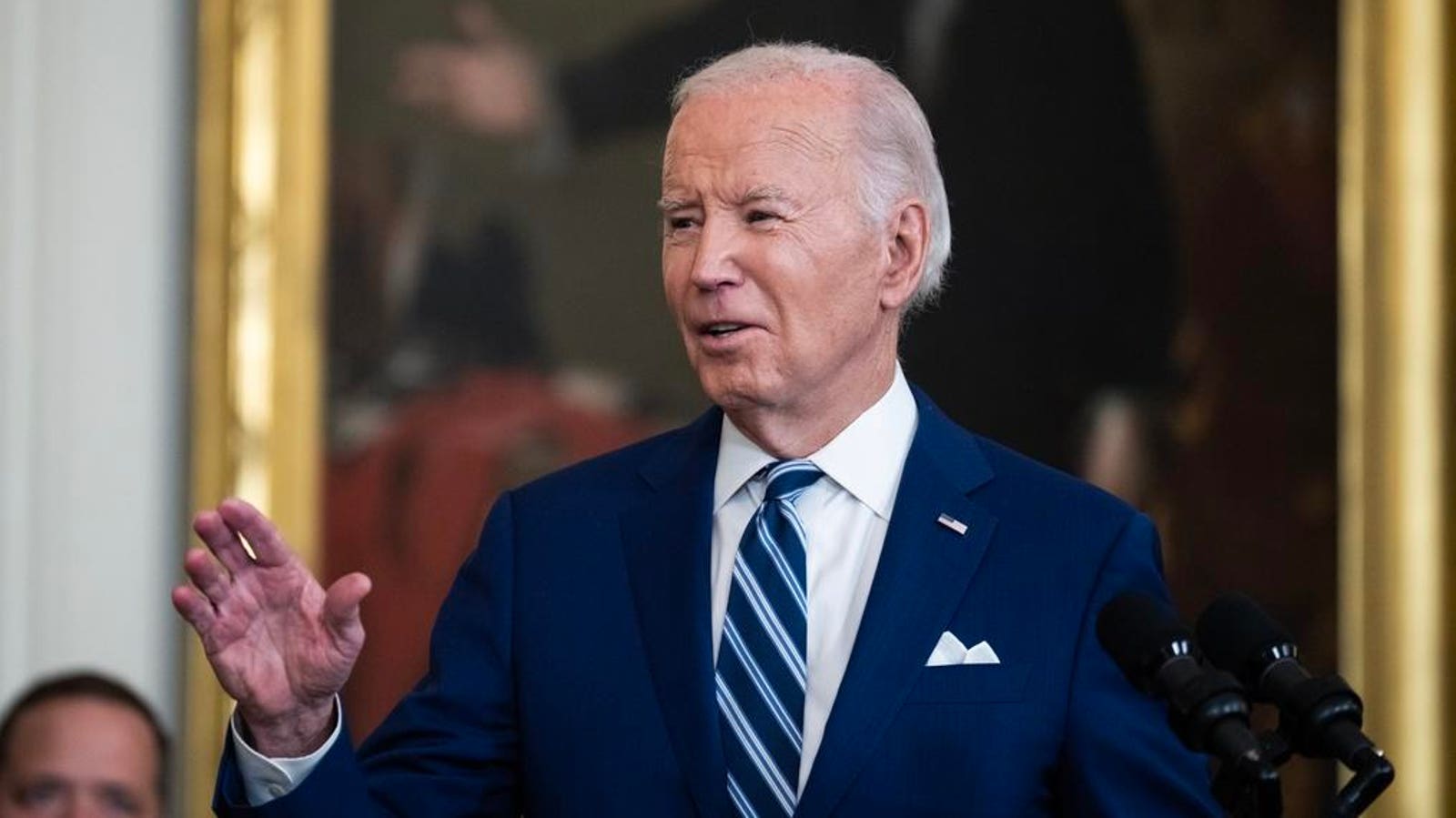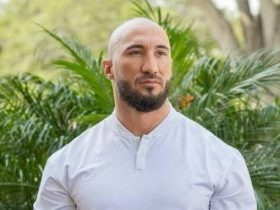Millions of borrowers have received federal student loan forgiveness during the last two years, as the Biden administration implements multiple student debt relief initiatives. And additional cancellation is in the works.
These programs can provide loan forgiveness in a variety of circumstances, including for borrowers working in public service jobs, those who were defrauded or misled by their school, and people with disabling medical conditions.
But the administration is paying particular attention to borrowers who left school many years ago but are still stuck with older student loans. Hundreds of thousands of such individuals have already received student loan forgiveness, and other programs currently in the works could provide more pathways to relief.
Student Loan Forgiveness Through IDR Credit
The Education Department is currently implementing the IDR Account Adjustment. Under this program, the department is counting past loan periods toward 20- or 25-year student loan forgiveness terms under income-driven repayment plans, even for borrowers who have not been repaying their loans under those plans.
IDR programs use a formula based on a borrower’s income and family size to calculate their monthly payment. Payments are adjusted annually based on changes to their income. Any remaining balance after 2o or 25 years (depending on the plan and the borrower’s type of loans) would be eligible for student loan forgiveness.
Historically, only time spent in an IDR plan “counts” loan forgiveness. But under the account adjustment, the Education Department can count many past periods of repayment under any repayment plan, as well as several categories of deferment and forbearances. This can accelerate progress toward eventual debt cancellation.
Those who receive enough credit to reach the threshold for IDR student loan forgiveness under the account adjustment (even if they are not currently in an IDR plan) may receive a discharge. And in fact, more than 800,000 borrowers have already been approved for student loan forgiveness under the adjustment. This largely applies to borrowers with only undergraduate student loans who first left school in 2003 or earlier, or those with graduate school loans who finished school or withdrew in 1998 or earlier.
Importantly, not every loan period can count toward student loan forgiveness under the account adjustment. In-school deferments, bankruptcy periods, and most periods of default don’t count, for instance, and some short-term forbearance periods may not count, either. However, one potentially huge benefit of the adjustment initiative is that borrowers who consolidate their student loans via the federal Direct loan program before December 31, 2023 could receive IDR credit associated with their oldest student loan for their full consolidated loan balance, even if they took out additional student loans more recently.
Student Loan Forgiveness Under Upcoming HEA Program
Borrowers who have been in repayment for 20 or 25 years, but don’t qualify for immediate student loan forgiveness under the IDR Account Adjustment (perhaps because they have certain non-qualifying loan periods) can still receive and retain IDR credit. They would then have to continue repaying their loans under an IDR plan to progress toward their loan forgiveness milestone. The IDR credit associated with the account adjustment would get them closer to a discharge, even if they don’t immediately qualify.
But these borrowers may have another pathway to relief. The Biden administration is developing a new student loan forgiveness program under the Higher Education Act. While details of this program are still being hashed out through a lengthy process called negotiated rulemaking, one group of borrowers that officials are eyeing for relief includes those whose student loans are 25 years or older. This could potentially cover individuals who left school in 1998 or earlier.
The Education Department completed a second round of negotiated rulemaking last week, and another session is scheduled for December. The department is expected to finalize critical details of the program sometime in 2024.
Shorter Student Loan Forgiveness Terms Possible
It’s not just those who graduated 20 or 25 years ago who could potentially benefit from new Biden student loan forgiveness initiatives.
The IDR Account Adjustment and the new HEA loan forgiveness program could benefit borrowers who work in public service, but have not yet applied for student loan forgiveness through the Public Service Loan Forgiveness program. PSLF was first created in October 2007, and periods prior to then cannot count. But this still provides a possible universe of 16 years that could count toward student loan forgiveness under PSLF — and PSLF requires only 10 years of qualifying payments and qualifying employment for a borrower to be eligible for a discharge. That means that someone who left school in 2013 or earlier and has accumulated sufficient PSLF credit could qualify for student loan forgiveness, even if they have not yet applied.
Meanwhile, next summer, President Biden’s new SAVE plan will be expanded to include a feature that can accelerate IDR student loan forgiveness for borrowers with smaller initial starting balances. Starting on July 1, 2024, “Borrowers with original principal balances of $12,000 or less will receive forgiveness of any remaining balance after making ten years of payments, with the maximum repayment period before forgiveness rising by one year for every additional $1,000 borrowed,” according to the Education Department. This could start leading to student loan forgiveness for borrowers with qualifying original balances who enroll in SAVE and left school in 2014 or earlier.
Further Student Loan Forgiveness Reading
Hardship May Soon Be The Basis For A New Biden Student Loan Forgiveness Plan
Didn’t Get A Student Loan Forgiveness Email? 7 Possible Reasons Why
2.9 Million Borrowers Will Not Have To Pay Their Student Loans Under New Biden Plan
5 Student Loan Forgiveness Updates As On-Ramp Begins And Problems Worsen
Read the full article here













Leave a Reply